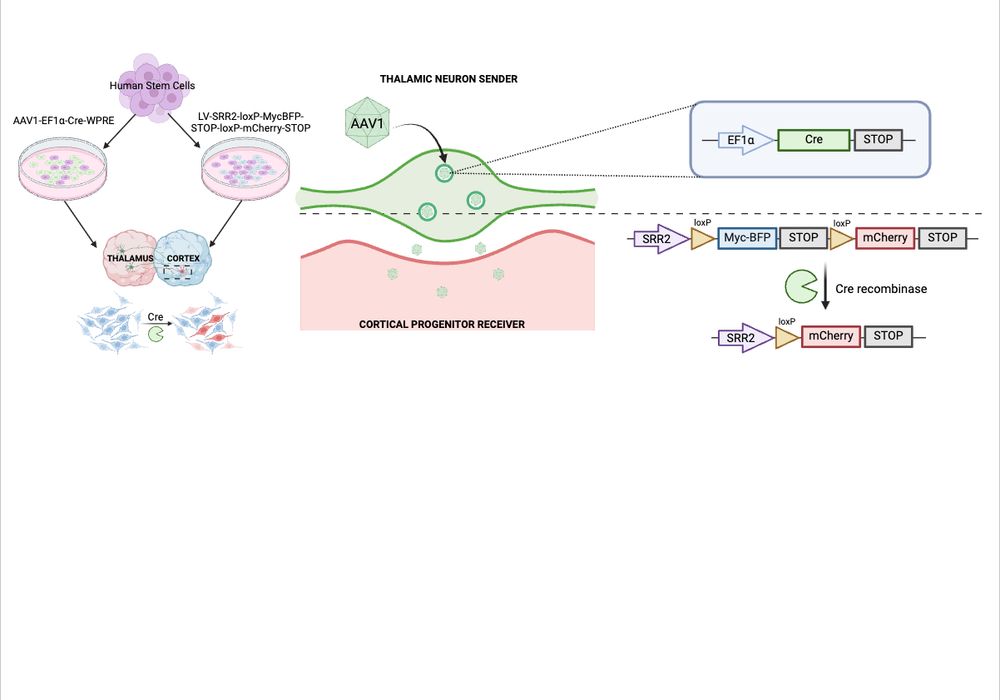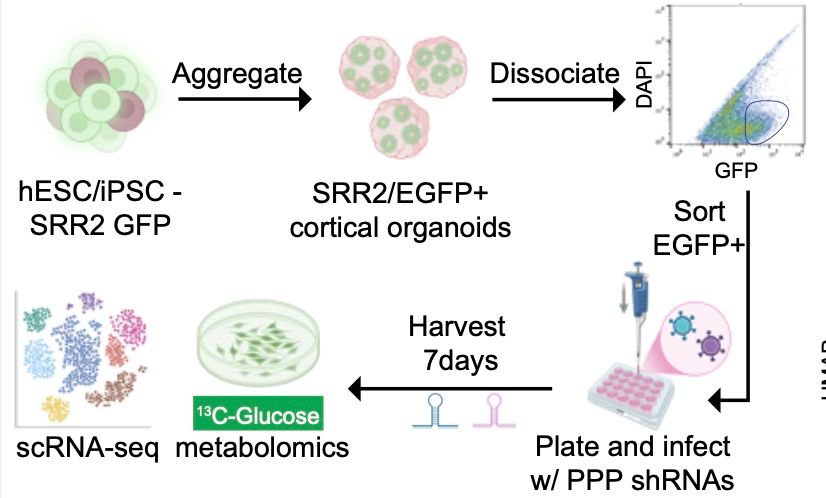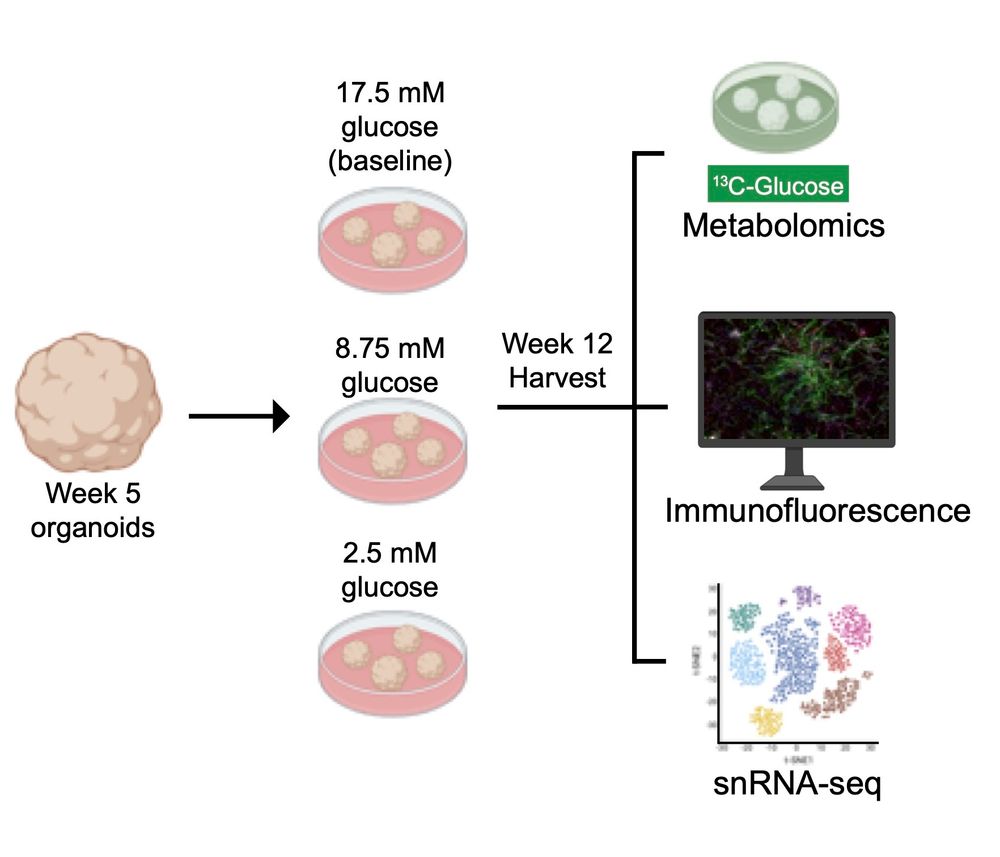

🛡️ a functional immune system
🧠 a human brain microenvironment
iHOTT has both.
🧫 We co-culture freshly isolated patient tumor cells + matched PBMCs on human cortical organoids. It’s patient-specific, matched, and immunocompetent.

🛡️ a functional immune system
🧠 a human brain microenvironment
iHOTT has both.
🧫 We co-culture freshly isolated patient tumor cells + matched PBMCs on human cortical organoids. It’s patient-specific, matched, and immunocompetent.









